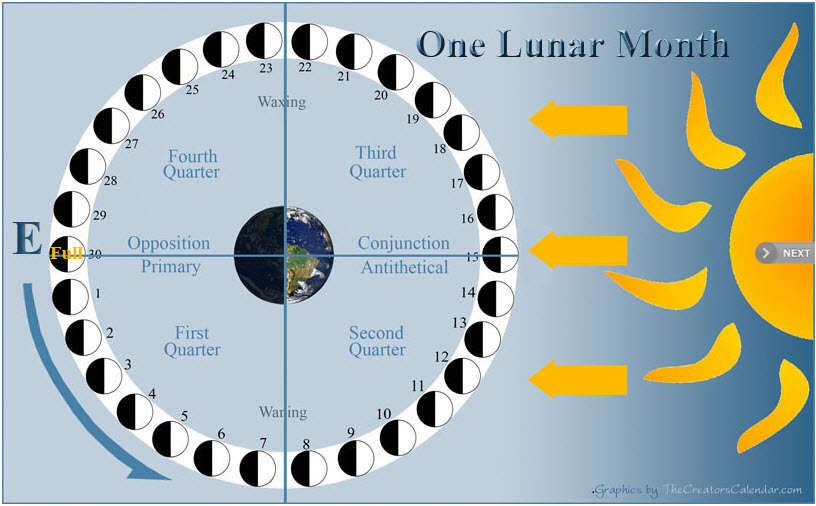

Hamlington said city planners should plan accordingly. And I think there's a great amount of interest in trying to get this information from science and scientists into the hands of planners." "It's really critical information for planners. "This is eye-opening for a lot of people," Hamlington said. coasts but the findings are applicable to coasts worldwide, NASA said. The study, published this month in the journal Nature Climate Change, was led by members of a NASA science team that tracks sea level change. The prediction pushes previous estimates for serious coastal flooding forward by about 70 years. The effect of the dynamic applies to the entire planet except for far northern coastlines like in Alaska. The researchers studied 89 tide gauge locations in every coastal U.S. Waves at high tide make their way over rocks and onto the road in Oceanside, California, U.S., November 27, 2019. "This effect from the moon causes the tides to vary, so what we found is that this effect lines up with the underlying sea level rise, and that will cause flooding specifically in that time period from 2030 to 2040," Hamlington said. It's causing sea level to increase everywhere," Ben Hamlington, NASA team leader and one of the study's authors, told Reuters. "In the background, we have long-term sea level rise associated with global warming. The expected flooding will result from the combination of the continuing sea level rise associated with climate change and the arrival of an amplification part of the lunar cycle in the mid-2030s, the researchers said. In the cycle's other half, the situation is reversed, with high tides higher and low tides lower.

In half of this lunar cycle, Earth's regular daily tides are diminished, with high tides lower than usual and low tides higher than usual. The moon's gravitational pull helps drive Earth's tides. coastlines will face increasing flooding in the mid-2030s thanks to a regular lunar cycle that will magnify rising sea levels caused by climate change, according to research led by NASA scientists.Ī key factor identified by the scientists is a regular "wobble" in the moon's orbit - first identified in the 18th century - that takes 18.6 years to complete.


 0 kommentar(er)
0 kommentar(er)
